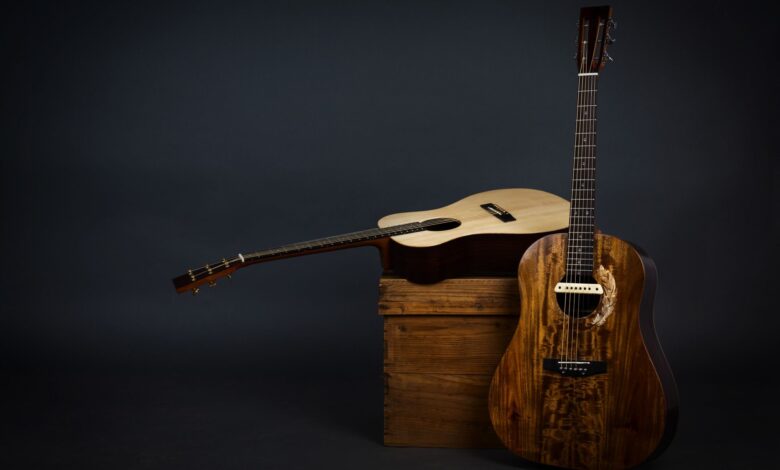Elements to Find Your Perfect Musical Instrument

Searching for the perfect instrument to play is exciting. But you can’t deny that it makes you anxious, especially if this is your first time purchasing an instrument. You need to consider different factors when finding the right one to play. It includes your goals, the type of instrument you intend to play, the sound and tone quality you desire, and more. Stick with us as we lay down these elements and guide you in choosing the perfect musical instrument.
Look at the specific instruments that align with your goals
When discussing the particular instruments that align with your goals, it means filtering down your options and focusing on the instruments you imagine playing. Likewise, you should consider your musical aspirations and contemplate the best instrument to achieve them.
In this phase, you might want to research and explore different instruments. Find out their features, playing techniques, and the genres you can play with that particular instrument. Then, ask yourself these questions to reflect on your musical goals.
- What music do I want to play?
- Do I like classical, jazz, rock, or folk?
- What instrument is best to achieve the genre I want?
- What instrument can give me the sound and expression I want?
Exploring various instrument families and their characteristics
In music, there are four basic instrument families, namely.
- String instruments
- Woodwind instruments
- Percussion instruments
- Brass instruments
Each type of instrument has its unique features and characteristics. For instance, a string instrument produces sound through string vibration by plucking, bowing, or striking. A woodwind instrument creates sound by blowing air into a reed or mouthpiece. Meanwhile, a percussion instrument must be struck, shaken, or scraped to make sounds. Lastly, a brass instrument requires buzzing the lips into a mouthpiece to produce vibrations. Now, ask yourself, what instrument are you interested in playing after knowing their playing characteristics?
Examine Sound and Tone Quality
Another thing to consider is the sound and tone quality. Note that sound and tone quality depends on the materials, construction, and playing techniques. Here are the elements you need to look for to understand more about the sound and tone quality.
- Timbre, which refers to the unique sound that an instrument can create.
- Projection is an instrument’s sound’s strongness, clearness, and audibility.
- Dynamics, like a soft to loud variation, talks about the volume range an instrument can produce.
- Resonance is about the ability of an instrument to vibrate with the strings or air column.
- Harmonics, which refers to the additional tones that can resonate.
Trying Different Options of Musical Instrument
A hands-on experience will bring you closer to the right instrument for you. This is why going to music stores, showrooms, or rental programs is recommended to get a feel of these instruments. You can try different types of instruments like string ones, such as violins or cellos.
After you get a feel of these instruments and decide to play string instruments, that’s your starting point. You can now contemplate more about the size that fits you. In this part, you need to learn about the string instrument size chart to determine the ideal size depending on your age and physical attributes.
Conclusion
Finding a musical instrument is a personal journey full of excitement. But don’t let this excitement take over and make you forget the factors you must consider. Remember that when choosing the perfect musical instrument, you only need to consider your goals, personal preferences, sound and tone quality, and budget. Likewise, don’t be afraid to try out different instruments. It’ll help you a lot in the decision-making process.



